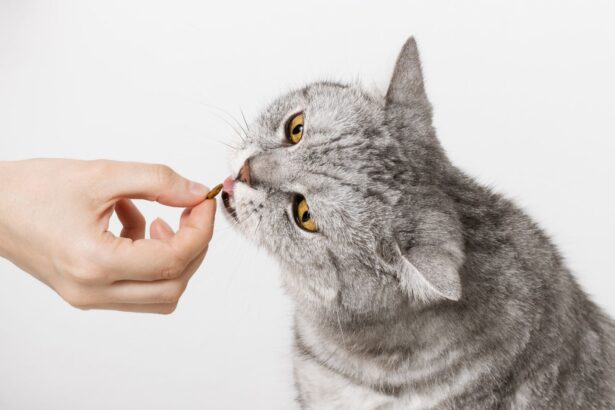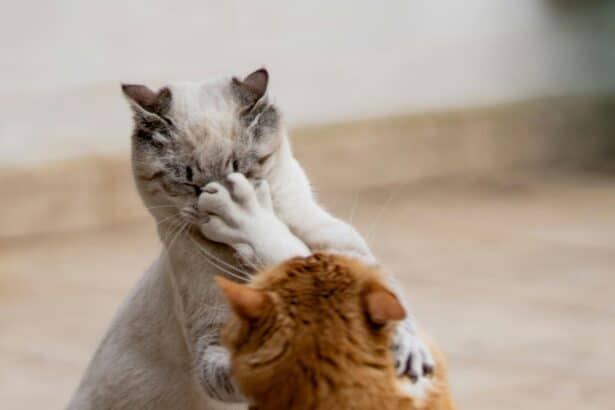Meet the Sphynx: the softest “naked” cat you’ll ever cuddle
Bold, velvety and endlessly snuggly, the Sphynx cat turns heads with its almost hairless look and tender heart. Don’t be fooled by the sleek silhouette: this is a true lap-lover with a playful streak and a talent for stealing the warmest spot in the house.
Curious where this striking feline comes from, how to care for that unique skin and what daily life really looks like with a Sphynx by your side? Let’s unwrap it together.
Origin and traits: how the Sphynx charmed the world
A modern story with ancient vibes
The Sphynx owes its look to a natural genetic mutation. In 1966, a domestic cat in Canada gave birth to a hairless kitten named Prune, and careful, ethical breeding later shaped the affectionate Sphynx we know today. Despite the Egyptian name, the breed’s modern roots are North American.
Surprising, isn’t it? Another fun twist: most Sphynx aren’t completely bald. Many have a soft “peach-fuzz” down that feels like warm suede.
Want the full background at a glance? You’ll love our complete Sphynx guide for even more history and practical insights.
What makes a Sphynx so special
- Elegant, muscular body with prominent cheekbones and a rounded belly.
- Large, low-set ears and lemon-shaped eyes that beam with curiosity.
- Wrinkles that gather around shoulders, neck and head—yes, they’re part of the charm.
Despite feeling warmer to the touch, Sphynx cats have a body temperature similar to other cats. They simply lose heat faster without a fur coat—hence the love for blankets… and your lap.
Skin, sun and snuggles: daily care that truly matters
Gentle skincare for a happy Sphynx
Because the Sphynx doesn’t shed fur, natural skin oils can build up. That’s why regular cleaning is key to avoid acne or greasy patches, especially in wrinkles.
- Wipe-downs between baths: use a damp microfiber cloth to gently clean folds and chest.
- Bathing: every 1–3 weeks depending on your cat’s skin. Use a mild, cat-safe cleanser and rinse thoroughly.
- Sun sense: their skin can be sensitive. Keep lounging sessions by sunny windows short, and avoid human sunscreen (ingestion risk).
Pro tip: Bath time jitters? Spread a lickable treat on a suction-cup lick mat on the tub wall. Your Sphynx focuses on the snack while you rinse—calm, quick, done.
Need a safe, step-by-step routine for bathtime? Here’s how to wash your cat safely and effectively without stress.
Eyes, ears, nails: the tidy trio
- Ears: Sphynx cats tend to produce more earwax. Clean gently with vet-recommended ear cleaner and cotton pads—never insert cotton swabs deep inside.
- Eyes: Wipe tear stains with a warm, damp cloth; avoid fragranced wipes.
- Nails: Keep claws trimmed to protect that delicate skin from accidental scratches.
Common mistake to avoid: over-bathing. Too-frequent baths can strip the skin’s natural barrier and trigger irritation. If your Sphynx looks dull or flaky, scale back and focus on gentle wipe-downs.
Comfort and health: keeping your Sphynx thriving
Warmth, safety and wellness
Sphynx cats are indoor-oriented. They adore heat sources, fleece blankets and cozy nooks. Offer warm resting spots away from drafts and consider a soft shirt only if your home is cool—comfort always comes before fashion.
- Temperature: stable room temps are best; avoid extremes.
- Vet care: routine checkups and vaccinations are essential.
- Breed health: talk to your vet about screening for heart conditions such as hypertrophic cardiomyopathy (HCM).
Unexpected fact: That famous Sphynx cuddle-obsession isn’t just affection (though there’s tons of that). It’s also smart thermoregulation—your lap = the perfect heater.
Thinking about bringing one home? Read our practical advice on adopting and caring for a hairless cat to prepare your space and routine.
Food, play and enrichment
With a peppy metabolism, many Sphynx cats do well on high-quality, protein-rich food and smaller, more frequent meals. Puzzle feeders, short play bursts and climbing spots keep mind and body satisfied.
- Offer interactive toys daily to channel their curiosity.
- Rotate playthings to prevent boredom.
- Keep water fresh and bowls clean—oils can transfer easily.
If your Sphynx is a meticulous digger, you’ll appreciate this guide to choosing the best litter for comfort and easy cleanup.
Personality: a golden heart wrapped in suede
Sociable, sensitive and adorably nosy
The Sphynx is a velcro-cat: affectionate, people-oriented and surprisingly goofy. They thrive on interaction and do well in lively homes, including those with respectful kids and pet-friendly animals.
- They love routine and attention—schedule cuddle and play times.
- Provide warm perches near you to reduce separation stress.
- Use positive reinforcement for grooming and handling.
In return, your Sphynx will gift you with head bumps, chirps and the sweetest naps tucked under your arm. Who could resist?
Living happily ever after with a Sphynx
Daily life with a Sphynx is intimate and joyful: gentle skincare, cozy corners and plenty of play. In exchange, you get a devoted companion who chooses you as their favorite warm place—every single day.
With a few good habits and a trusting bond, this “naked” beauty becomes the softest love story at home.
FAQ
Are Sphynx cats hypoallergenic?
No breed is fully hypoallergenic. Sphynx cats still produce Fel d 1 (the main cat allergen), but some sensitive people find they react less due to reduced fur. Meet the cat first to test your own sensitivity.
How often should I bathe my Sphynx?
Typically every 1–3 weeks, depending on your cat’s skin. Do gentle wipe-downs between baths and avoid harsh shampoos to protect the skin barrier.
Can a Sphynx go outside?
They are better as indoor cats due to sun sensitivity and temperature changes. If outside, keep it brief, supervised and shaded; harness-train if you want safe garden strolls.
Do Sphynx cats get cold easily?
They lose heat faster without fur. Provide warm beds, sunny spots and cozy blankets. In cooler homes, a soft, breathable shirt can help—comfort over style, always.







